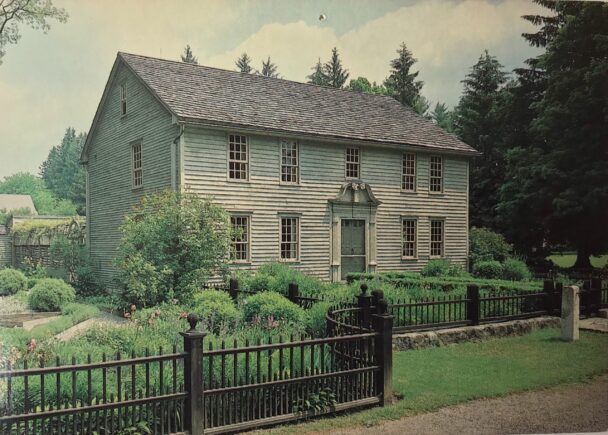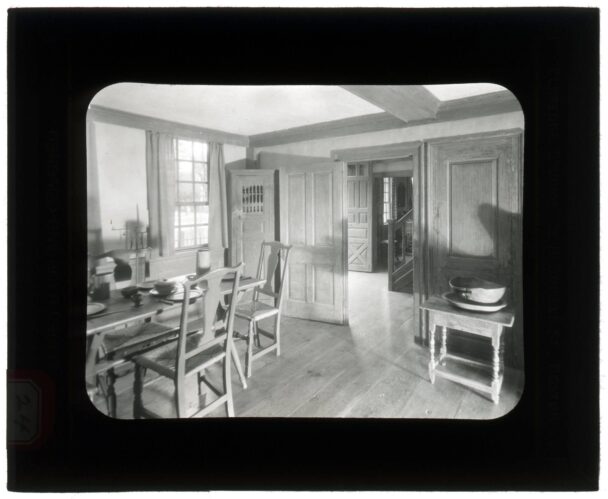For many, many years the Stockbridge-Munsee Mohican tribe moved across the land, leaving settlements in rich river valleys as others moved on. Reaching the eastern edge of the country, the Mohicans settled in the valley of a river where the waters, like those in their original homeland, were never still. They named the river the Mahicannituck and themselves the Muh-he-conneok, the People of the Waters That are Never Still. The name evolved through several spellings including Mahikan. Today, however, they are known as the Stockbridg-Munsee Band of Mohican Indians.
The Mohican/Munsee lands extended across six States from southwest Vermont, the entire Hudson River valley of New York from Lake Champlain to Manhattan, western Massachusetts up to the Connecticut River valley, Northwest Connecticut, and portions of Pennsylvania and New Jersey.
In 1734, a missionary named John Sergeant came to live with the Mohicans in their village of Wnahktukuk. He earnestly preached the Christian religion, baptized those who accepted his·teaching, and gave them Christian names such as John, Rebekah, Timothy, Mary and Abraham.
In 1738, the Mohicans gave John Sergeant permission to start a mission in the village. Eventually, the European inhabitants gave this place the name “Stockbridge,” after a village in England. It was located on the Housatonic River near a great meadow bounded by the beautiful Berkshire Mountains in western Massachusetts. ln this mission village, a church and school were built. Other people who wished to hear the missionaries’ teachings also came to live in the village. Some of these were the Wappingers, the Niantics, Brothertons, Tunxis, Pequot, Mohawk, Narragansetts and Oneidas. As some of these tribes merged with the Mohicans, the tribal group came to be known as the Stockbridge Indians.
To learn more visit Mohican.org or visit the exhibition Our Lands, Our Home, Our Heart at The Mission House on Main Street.
The Mission House was built c.1742 by Rev. John Sergeant, as part of his mission work. Originally located on Prospect Hill, this National Historic Landmark was carefully disassembled, moved, and restored by Mabel Choate at its present location on Main Street between 1926 and 1930.
Property Acquisition History
Gift of the Stockbridge Mission House Association in 1948.
Archival CollectionsArchival material related to The Mission House is available to researchers at the Archives & Research Center in Sharon, MA, including Mabel Choate Papers Regarding Mission House, 1742-1959 (20.5 Linear Feet), which document Mabel Choate’s work in restoring and furnishing The Mission House and then running it as a museum; Fletcher Steele Papers Regarding Mission House, 1927-1949 (0.5 Linear Feet), which contain materials (correspondence and order forms) related to Fletcher Steele’s collaboration with Mabel Choate (1870-1958) on the restoration and furnishing of The Mission House, including his design of the colonial gardens and buildings around the house; Gustave G. Nelson Collection of Native American Research Materials (3.0 Linear Feet), regarding the research done by scholar Gustave G. Nelson on Native American tribes in Massachusetts, including material relating to the repatriation of the Stockbridge-Munsee Bible to the Stockbridge-Munsee Band of Mohican Indians, 1975-2001; and the Muriel S. Kirk Collection Regarding Mission House (Regarding Mission House, Rev. John Sergeant (1710-1749) a minister who established a mission for the Mohican Indians in Stockbridge and his descendants, various dates.

